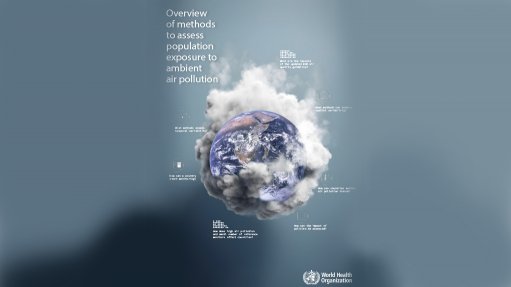
This document summarizes several air quality measurement and modelling methods that can be used to estimate ground-level air pollutant concentrations and presents multiple approaches to monitoring ambient air pollution at different spatial and temporal scales. These methods are crucial for estimating population exposures, which can be defined as the product of the pollutant concentration and the time over which a person is in contact with this pollutant.
Air quality measurements and models are presented in order of increasing complexity/technology, starting with the least complex. For each method a brief description is provided followed by its strengths and limitations as well as a few examples of global or regional applications. A comparison with advantages and disadvantages for each monitoring method is then presented, followed by a brief discussion on exposure disparities.
When deciding on how to best develop or improve their air pollution monitoring capability, countries can assess the ease of implementation within constraints: cost (capital and operating); human/ technical resources; and computational and energy requirements. For example, a country that has no monitoring may consider setting up a reference-grade monitor and complementing this monitor with passive samplers (low cost, low human resources for deployment, no energy requirement) or low-cost sensors (LCS) (low capital cost but medium operating cost, medium technical resource for calibration and modeller expertise, low energy but medium computing needs for big data) and dispersion modelling (medium capital cost, medium modeller expertise, medium computing needs). Countries with a sparse monitoring network may consider increasing the density of their reference-grade monitors as well as developing locally calibrated chemical transport models (CTMs) (medium capital cost, high modeller expertise, high computing needs).
Policy-makers and government officials can use the available methods summarized in this document to assess their country’s baseline air quality levels as well as monitor progress resulting from air pollution reduction policies. The document can further help officials develop plans for air quality monitoring and data management. It is also relevant in assisting national and local authorities responsible for protecting public health from the adverse effects of air pollution. Ideally, every nation should have access to at least one reference-grade monitor – opening the door to many other air quality methods. More importantly, no single method can address the entirety of a country’s air quality problem, and nations may want to employ a mixture of measurements and modelling methods to address their local air quality issues while balancing their national priorities and resource availability. Ultimately, multiple methods are needed for a comprehensive air quality management knowledge base and capability. Countries are encouraged to use as many of these approaches as needed, based on their circumstances and capabilities.
Report by the World Health Organization